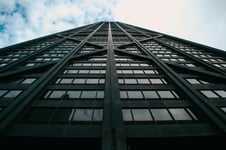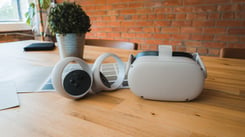Knowing a new technology is going to be important for business is one thing, developing a great use case for it, is entirely different. In the 90s, with a heightened fear of missing out (and that’s before we had an acronym for it), CEO’s rapidly commissioned the creation of company websites to make sure they were keeping up with what was showing itself to be the new ‘must have’. Cut to early 2000s, it was all about having a mobile app. In those early days, with new technologies quickly evolving, business leaders weren’t sure what practical use a website or app was going to have to their business they just knew they needed one and so they made sure they had one. The results were that many of the early websites and mobile apps weren’t all that great. They often weren’t designed to solve a real problem or provide any real and tangible value to users. But the CEO could tell the board of directors they had one. It feels like we're now in a similar place with learning how to use VR in business.
‘How to use VR?’
Jeremy Bailenson, head of Stanford University's virtual reality lab remarked that "Most things don't work in VR.” It’s a medium that has considerable strengths but it’s not suited to every application a creative marketing team might want to push it forward for. There are a lot of marketers and executives out there figuring out how to use VR. At Yulio we say that if you use images or video to tell your story today - you can do it better with VR. It has to be done with a clear and considered strategy however and we are seeing this being done brilliantly in a number of industries who have already figured out how to use VR;
Construction, Design & Real Estate - VR makes it real
VR is already enabling real estate professionals to showcase properties to potential buyers from anywhere in the world allowing them to experience clear details of, not only interior layouts and specifications but also property locations, views, and neighborhoods. With Yulio’s own technology architects and designers are able to give clients rich, immersive tours of their designs. Clients viewing unbuilt properties in this way are more able to imagine themselves living in new environments and, as a result, designers are becoming better equipped to create environments clients want and greatly reduce gaps between client expectation and eventual reality.
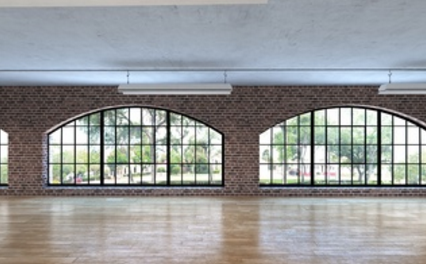
Marketing & Advertising VR Experiences
With its unique ability to go beyond ‘showing’ products or stories and have viewers experience them, VR has delivered an entirely new toolset to marketers and advertisers. Studies have shown VR to deliver a 27% higher emotional engagement and 34% longer engagement than 2D content, so, for those already using images or videos to tell their story, it is a very compelling new option. VR gives consumers more control, allowing them to enter an experience alone, decide where they choose to go, how long they’re there for and what they see. We’ve obviously seen first-hand this dynamic method of idea communication at work in architectural and interior design whereby complex ideas and new environments can be communicated through immersing viewers directly within them. Once immersed, viewers can lead their own experience, progressing through the design story at their own pace and choosing to take their own detours - yet all within parameters set by the designer. Numerous brands including Jaguar, Coke, Etihad Airways, Audi and The New York Times have rolled out experiential marketing campaigns using VR. From enabling people to virtually experience the luxurious surroundings of Etihad’s first class airline cabin, to placing them on Wimbledon’s Centre Court, VR is enabling marketers to interact with their customers in more unique ways than ever before.
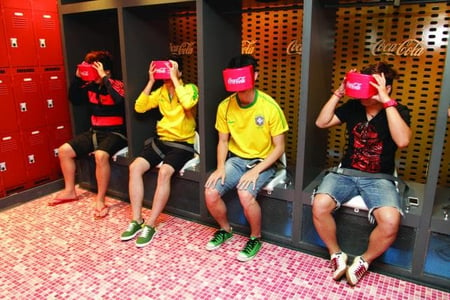
Retail - Shop in VR
VR has been shown as a compelling new solution for retailers and one with the potential to help them face the challenges of a rapidly changing digital retail landscape. Startups such as Bold Metrics have been using VR technology to create ‘virtual maps’ of shoppers’ bodies, allowing them to virtually try on clothes or shoes in a 3D environment. With the latest developing technologies, shoppers will also soon be offered opportunities to visit virtual malls where virtual stores can be visited and products viewed in styled, curated, virtual environments. And while shopping may continue to be a social and recreational experience where people enjoy visiting physical environments, retailers are able to put their customers in flagship locations, fashion shows and more regardless of where they’re located.
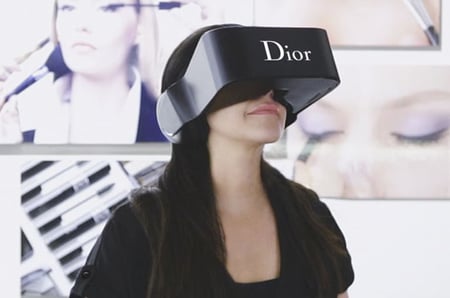
Retail VR also has huge potential to limit the real estate required by major chains - if you can show off thousands of products in a headset, you need far less big box stores.

VR for Events & Conferences
Virtual Reality is seeing success in the events industry and even has some celebrity credibility. Paul McCartney recently released a 360-degree concert recording through a VR app linked to Google Cardboard. This meant anyone could experience his concert at a fraction of the cost and without the cramped train ride home afterward. In the same vein, conference organizers are using VR technology to power virtual conference attendance and also creating collective experiences among those who do attend; Intel CEO Brian Krzanich took 250 attendees at CES 2017 on a live inspection of a solar power plant in Moapa River Indian Reservation. And smaller event planners are learning how to use VR to attract exhibitors, showing off a virtual representation of the show floor, or showcasing last year’s event.

Healthcare
With its unique abilities to immerse viewers in that which is too complex to model using other means or is long distances away, VR has found a clear home in Healthcare. From training surgeons to treating phobias and developing new life-saving techniques, it is allowing professionals to learn new skills - or refresh existing ones - in a safe and adaptable environment. VR is being used as a smart diagnostic tool, enabling doctors to immerse patients in virtual environments, carrying out functional tests for some neurodegenerative disorders in order to come to a diagnosis without invasive surgery or other methods of treatment. Other use cases include helping the elderly in nursing homes ‘travel-by-goggles’ and in treatments for behavioral and mental health issues, using virtual immersion therapy.
Automotive
The automotive industry has adopted VR in a number of unique and intelligent ways, such as taking potential customers through exhilarating experiences in virtual high-performance cars, or checking the specifications and personalizing cars while in the dealership itself. Audi has been offering immersive car tours and virtual test drives and Ford have been working with the Oculus Rift team to design, prototype and evaluate vehicles in a virtual setting. This is already bringing significant change to the dealership experience, as well as saving car manufacturers millions of dollars in testing elements of new cars. Learning how to use VR has been key for an industry that knows its customers dislike interacting with sales teams, and even entering dealerships - offering exciting experiences people can navigate on their own goes a long way to overcome the issue.
Manufacturing
Similarly to the automotive industry, VR has the potential to transform manufacturing by offering major efficiencies through virtual training. While Manufacturing may seem too practical to worry about how to use VR, it falls into a winning pattern of using VR for things that are large and complex or expensive to model. Students can learn engine repairs on large, complex machinery or specialized devices using virtual models rather than the real thing. This type of virtual training has the power to heighten the technical skills of graduates more quickly and efficiently in in-demand trades, such as welding, plumbing, and electrical.
These are just a handful of industries where we see VR being used transformatively. The truth is VR has the potential to bring significant changes to a lot more. What we suggest? Get started today, for free. You can bring VR to your vision with Yulio in a free account.


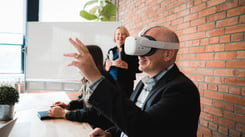
.jpg?width=245&height=150&name=active-adult-beautiful-1799244%20(1).jpg)
